Chains of Debt: Accessing ‘Ready Cash’ through ‘Material Loans’
By ucsaar0, on 13 January 2016
This is the first in a series of blog posts about debt and loans.
Pawnshops, banks, and non-bank financial service centres (NBFS) are prevalent all over Mongolia. You can hardly turn a corner in Ulaanbaatar without seeing signs advertising low-interest loans. Paradoxically, however, the idea that people are easily able to access cash obscures the fact that everyone, it seems, is in debt. Indeed, most people’s pockets are predominantly filled with the anxious pressure of how to make their next repayment and defaulting on loans is giving rise to a growing market for repossessed goods.[1]
While private debt is a shadow that looms over individuals, public debt is equally ubiquitous. In many ways, the debt of individuals and that of the nation mirrors each other. From 2008-2012, people took out large loans banking on future growth (cf. Batsuuri 2015: 12). This growth has not transpired, leaving people negotiating with their debtors to restructure agreements, or taking out smaller loans in order to survive.
The economist Batsuuri Haltar has commented: ‘The combination of high public debt and rapid private-debt growth means that an imminent economic crisis in Mongolia is now fast approaching’ (Batsuuri 2015: 10). People speculate that over 80% of retirees are in debt, their pensions being a major source of collateral against which to take out loans for family members. Borrowing from those who have taken out loans, especially those with salaries, is prolific across all sectors, leading to multiple chains of indebtedness.
And while Mongolian tradition points to the value of being debt-free: see, for example, the proverb, ‘being rich is being debt-free, being happy is being free of illness’ (Өргүй бол баян, өвчингүй бол жаргал) (Batsuuri 2015:5), debt is now so common that it has itself been re-conceptualised, something illustrated in the new proverb: ‘Money owed to lenders is not debt, it’s just a loan. Debt is when we fail to pay the loan’ (Өр, зээл гэдэг хоёр өөр ойлголт. xүнээс мөнгө зээлээр аваад төлөх болоогүй үед энэ бол өр биш, зээл юм. Xарин өр гэдэг бол чи авсан зээлээ төлж чадахгүй болсон үед л бий болдог эд) (Batsuuri 2015:5).
Ankara Street
Ankara Street is home to at least seven different lombards.[3] The people who work here are mainly women. They are reserved and quiet, brushing off questions by pointing to signs pasted on walls. Their shops are often nestled in the same room as hairdressers, beauty salons, restaurants and manicurists. The relationship between hairdressers and pawnshops was explained to me as being especially fruitful – as people visit the hairdressers every month or so, they are reminded to make a payment on their loan. The pawnbroker sits behind a booth that cuts it off from the rest of the room. Several cameras point at the client as they peer in to communicate, to fill out the contract, or to hand over their treasured items in order to receive cash. Lombard loans are easier to obtain than bank and NBFI loans, involving less paperwork and collateral, but their interest rates are the highest of all.
While lombards offer cash without many questions or forms, they hold on to your collateral, off-set against the money given, and ask for a long list of telephone numbers of you and your family members. Pawnshop loans are not simply granted to individuals on a whim. They are a way of holding in place a relationship to a whole group of people who are all accountable for the repayment. The telephone list you hand over implicates people in a chain of debt, something mirrored by the lombard owners themselves who take out different kinds of loans to establish their businesses and get the initial cash. Lombards, as one informant summarised, are ‘a way to get ready cash quickly’, but they leave a chain of people in their wake who become entangled in the circulation of cash for goods.
The shops along Ankara Street grant loans against mobile telephones, laptops, money and jewellery. Interest rates and repayment policies differ slightly between the shops (between 7% to 9%, based on autumn 2015), as does the amount of money they lend. Some provide different services, such as selling mobile phone units and in others, if people take out back-to-back contracts, the interest rates decrease. Some of these lombards specialise in high-interest, quick-turnaround loans which have to be paid back in two weeks. Others, like Khiimor’ lombard offer contracts for up to 1 to 2 years.
Men and women from 20-50 years old come here when they urgently need cash to pay bank loans, school fees, mortgages, rent or other deposits. Or, as several people put it to me, ‘young people often put in their computer to get money for a night of drinking and partying’. Reasons for accessing cash differ, but several explained that they preferred to be in debt to the lombard rather than to friends and family. Perhaps the lombard does provide a kind of distance and anonymity, without having to divulge to friends or family why one needs the money.
I assumed that work here could involve threatening interactions, but many of the women I spoke to explained that it was not risky in terms of their own safety. All the lombards have CCTV cameras for protection, and often hang a sheet or cloth over the safe in the back that contains the collateral, while larger items are stored off-site. The risk was based on whom they decided to issue loans to. They needed to be vigilant, one woman explained, assessing correctly who is capable of repaying their loan. CCTV cameras point in multiple directions, at both the hands of the broker and the client. Gathering regular repayments correctly is how the broker maintains her job.
‘Most lombards offer loans for up to one month for 8%’, the woman who worked at Khiimor’ Lombard explained. She evaluates the item to be pawned, issues a contract and receives monthly payments. Lombard workers can also be somewhat selective in who they decide to issue a loan to, as one woman explained:
‘…if I don’t like the people, I won’t take their items and issue a loan. Sometimes drunk people are just sneaking around asking for money for prostitutes and drink and crime and they just bring their bad smells into here’.
Unlike European pawnshops, repossessed items are not on display for sale in the shop. They are taken by the owner and sold directly onto middle-men who sell them elsewhere. ‘If people are not able to repay their loans’ the broker at Kiimori’ Lombard explained, ‘the owner sells the items to the ‘chanjuud’; the owner has a relationship with these people’. This fact, is one of the only signs that points to the idea of the tarnished, or polluted, nature of such goods (cf. Højer 2012).
Observing people repaying their loans, I was struck by the stern silence of their exchanges. When I mentioned to friends that I was working on the way people access cash, some lamented that the only people doing well in the current economy must be the lombard owners. It seems to me, however, that small lombards, such as those on Ankara Street, are only just ticking over as the chains of debt that make them possible require complex payments that bind people to each other in precarious ways. It is maybe because of this very precariousness – both economic and social – that the exchanges I witnessed were so formal.
Stopping and Non-stop loans
Moving out of the city centre, we find lombards specialising in the exchange of cars, garages, apartments, parking lots, and even plots of land for cash. As one taxi driver lamented, ‘they take anything’. In the 13th micro district, I focused my research at a large car lombard. Physically, this consists of two sites – a large open parking lot with a temporary portakabin office, and a formal office where people come to make their payments.
In the parking lot Ganbaatar sits behind a desk. At his side is a small safe containing car keys and behind him hangs a large oil painting of a car, onto which people have placed some bank notes. People assess the value of cars with different clients outside while one woman manages the gate.
This lombard is a conglomerate, part of the ‘Bichil Globus Group’, which includes a bank where they get their money, and where all the interest rates and loans are decided. The group was established 6 years ago and is said to exist in many of the Provincial capitals of Mongolia.[4] It turns on a distinction between ‘stopping loans’ (colloquial. zogsool zeel, official. avtomashinaa il ba dylaan zogsoold bairshuulakh bolomjtoi) and ‘non-stop loans’ (colloquial. zogsoolgui zeel, official. avtomashinaa unaad yavakh bolomjtoi), between leaving your car in the pawn pound and taking out a loan, or taking out a loan and driving your car at the same time. Loans here are issued for six months at a time, as any longer than this is considered too risky.
Sitting in the portakabin, a man comes in to request a one-day loan in order to buy a ticket to Korea. He hasn’t received his salary for a few months and needs the cash today. Ganbaatar takes his car keys and ID and places them in the safe. He charges 22 thousand tögrög for the contract, which they both sign, and collects a list of telephone numbers and addresses. The value of the car and the loan amount has been decided upon outside. As the man leaves Ganbaatar explains:
‘We look at the car’s market price to evaluate the worth and determine the loan. We issue contracts and call people and bother them for their payments. We also take lots of relative’s details and get an address. Sometimes, the police have to collect the money. Most of the time we just sell the car if they don’t answer their telephones, or can’t repay the loan. Approximately 2 out of 10 people are unable to pay back their loans. In these cases we sell the car to make space for new ones. The most important thing is to make the right evaluation of the car in the first place. This way, we don’t loose money. 100 million tögrög is the most that we issue’.
Some leave their cars in the pound for just one day, others for a week, or even months, depending on how long it takes to repay the loan. Ganbaatar exclaimed further,
‘It is mostly middle-aged people who come, and they are usually men. They take out loans for different kinds of reasons. If you have a car registered in Ulaanbaatar you can access different services – so countryside people take out a non-stop loan to get cash to have their car registered here while driving it as a taxi in the city.’
At the offices of the Bichil Globus Group a poster greets you proclaiming: ‘We are your Financial Wing’ (tan’i sanhüügiin jigüür) while four men in suits sit at separate desks with files and computers. One man, fiddling with a stapler while speaking on the phone, proclaims softly: ‘I’m ringing you to let you know that today your loan is due. You need to make the next payment. Today you owe us 432 hundred tögrög. If you come in today we can process it.’
Observing this room a strange juxtaposition emerges between the stillness of office and the movement it grants outside. Contacting people all day by phone while watching spread sheets on their computers, the company’s strap line in the parking lot outside reads: ‘Drive your car while getting a loan! (mashinaa unaad zeelee av)’
A youngish man named Bold comes in to pay off 120 thousand tögrög. He goes to the till manned by a woman, makes his payment and is handed an invoice. Again the whole transaction is carried out in silence and with minimal interaction and I am not sure if this is due to a sense of shame that pervades these activities, or simply because it has become so mundane for both client and broker that there is no need for any niceties.
Bold is 22 years old and owns a Toyota IST. He recently graduated from the National University of Mongolia where he trained as a software engineer. He placed his car in the lombard five months ago and took out a 6 month loan for 1 million tögrög. He pays 120 thousand tögrög twice a month (i.e. 240 thousand tögrög each month). He needed the money, he explains for his graduation ceremony, for the clothes, and so on. His father gave him the car four years ago, imagining that he could make some money as a taxi driver while he was studying.
‘All students with cars take out loans against them’, he explains, ‘it’s a good way to get money, and my parents agreed to it. Every Mongolian has placed some of their things in a lombard to get cash. I’ve placed all kinds of things; a two week loan for my phone, a one month loan for a gold ring. The value is different according to the item. A car gets you 1 million tögrög.’ Now I work and am able to pay back the loan’.
As it turns out, his older brother, with whom he lives, gives him most of the money to pay back the loan. Again, we see that there are no singular transactions. These kind of exchanges are always part of wider chains and obligations that reach back, implicating many different people in networks of debt.
In the 16th micro district, up two flights of stairs, nestled among the many Vietnamese garages sits Nomontsetseg in Soronsel Lombard. Her desk is placed behind a high counter above which strip lighting flickers painfully in the ceiling. A few potted plants sit on the internal window sill which looks out onto a brick wall. Nomon has worked here for two years, carrying out all the paperwork for the yard outside.
‘People call and make an appointment to have their car valued. They come in to sign the contract and then the money is issued, either as cash or as an account transfer. Payments are made monthly and clients are contacted via telephone or SMS messages’, she explains.
In her work, there is a kind of stillness and silence, not present in the hustle and bustle at banks, or at other institutions. This stillness masks the movement that the loans themselves engender, allowing for different projects to be born and put into action.
Behind the simple transaction of a personal item for cash, a complex network of relations is also triggered that ties people together in webs of debt, facilitating new endeavours while prohibiting others. In this domino of exchanges one thing is constant – the loan that is taken out can never be paid back without recourse to yet further loans, allowing for freedom, or an opening, in one sense, while simultaneously initiating future constraints elsewhere.
All photos © Rebecca Empson
References
Højer, L. 2012 The spirit of business: pawnshops in Ulaanbaatar, Social Anthropology, 20: 34–49.
Batsuuri, Haltar 2015 Original Sin: Is Mongolia Facing an External Debt Crisis? The Northeast Asian Economic Review, Vol. 3, No. 2, October 2015 pp3-15
Rawski, E 1998 The Last Emperors. A Social History of Qing Imperial Institutions, University of California Press: Berkeley, Los Angeles, London
Sneath, David 2012 The ‘age of the market’ and the regime of debt: the role of credit in the transformation of pastoral Mongolia, Social Anthropology/Anthropologie Sociale (2012) 20, 4 458–473.
[1] The rate of nonperforming loans has risen to 7.3% in 2015. See National Statistics Office of Mongolia. http://www.nso.mn/index.php
[2] Lombard is a term that comes from a type of banking that originated in the middle-ages in the northern Italian region of Lombardy, and probably came to Mongolia during the Soviet period when lombards were also common. The prevalence of pawnshops was also common during the Qing period. By the late 18th Cent, Rawski notes that pawnshops and other revenue-baring assets had replaced grants of livestock and estates as dowry for Manchu princesses who married Outer Mongolian Princes (1998: 148-149). They were also common during the 1990s, where ‘Pawning valuables became a common strategy for people thrust suddenly into the margins of poverty. The use of the lombard tended to become cyclical; people would surrender items as security for a loan, later when they found the money they would pay off the debt and interest and reclaim their property, only to find that they were forced to pawn valuables again when their money ran out’ (Sneath 2012:460).
[3] There is a distinction between ‘material loans’ (bar’tsaat zeel) and ‘immaterial loans’ (bar’tsaagui zeel), which may include mobile phone numbers (see Images 11a & 11b).
[4] The Bichil Globus Group has a total of 22 branches – 11 in UB and 11 in the Provincial Capitals (cf. their website).
81 Responses to “Chains of Debt: Accessing ‘Ready Cash’ through ‘Material Loans’”
- 1
-
2
MILEX COMPLETE AUTO CARE wrote on 10 May 2023:
When it comes to car maintenance and repairs, finding the right auto repair shop near you is essential. Not only will you want a reliable and trustworthy mechanic to work on your vehicle, but you’ll also want one that’s conveniently located for you to drop off and pick up your car.
Read More: https://margatemrtmilex.com/
-
3
bssinngh wrote on 16 May 2023:
Nice article and best information about loans. Ashok Leyland 3520 8×2 Tipper
-
4
CSGO Pill wrote on 1 June 2023:
PDF files are widely used for sharing and distributing documents, but they can sometimes be challenging to edit. If you need to make changes to a PDF file or collaborate with others on its content, converting it into a Google Doc can greatly simplify the process. In this article, we will guide you through the steps of how to turn a pdf into a google doc, allowing you to edit, share, and collaborate seamlessly. Read More:- how to turn a pdf into a google doc
-
5
CSGO Pill wrote on 1 June 2023:
Converting a PDF into a Google Doc offers flexibility, convenience, and collaborative potential. By following the step-by-step guide outlined above, you can effortlessly transform static PDF files into dynamic Google Docs, making editing and sharing a breeze. Whether you need to update a document, work with others remotely, or streamline your workflow, turning a PDF into a Google Doc is an essential skill to master. Give it a try and unlock the full potential of your PDF documents in Google Drive. Read More:- how to turn a pdf into a google doc
-
6
Blushed Rose wrote on 1 June 2023:
Every woman has experienced the inconvenience of having her period at an inconvenient time. Whether it’s a special event or a vacation, having your period can be a major inconvenience. While there are various medications and medical procedures that can help delay or stop periods, some women prefer to use natural remedies. In this article, we will discuss how to stop periods immediately home remedies. Read More:- how to stop periods immediately home remedies
-
7
John Hornbeck wrote on 1 June 2023:
Andrew Schulz is a well-known comedian, podcaster, actor, and writer, who has gained immense popularity over the years. With his quick wit, sarcastic humor, and ability to tackle sensitive topics with ease, Schulz has established himself as one of the most sought-after comedians in the entertainment industry. In this blog, we will explore Andrew Schulz net worth and how he has amassed his wealth. Read More:- Andrew Schulz net worth
-
8
My Story Online wrote on 1 June 2023:
Mike Judge is a name that is synonymous with some of the most successful and beloved comedy TV shows and movies of our time. From creating iconic animated series like “Beavis and Butt-Head” and “King of the Hill” to writing and directing cult classic movies such as “Office Space” and “Idiocracy,” Judge has made a name for himself in Hollywood as a talented and unique voice in the world of comedy. Read More:- mike judge net worth
-
9
Planet Herbal wrote on 2 June 2023:
We all know that drinking water is important for our health, but have you ever wondered how much water you should drink each day? The answer to this question is not as simple as you might think. There are a lot of factors that can affect how much water you need to drink, including your age, gender, weight, activity level, and the climate you live in. In this article, we will explore these factors in more detail to help you understand how much water should i drink a day. Read More:- how much water should i drink a day
-
10
APK Mama wrote on 2 June 2023:
Alkaline water has gained popularity in recent years, with many people believing it to have health benefits such as improving digestion, boosting energy levels, and reducing the risk of disease. However, buying bottled alkaline water can be expensive, which is why many people are turning to making their own alkaline water at home. In this article, we will explore how to make alkaline water and discuss the potential benefits and risks. Read More:- how to make alkaline water
-
11
Lifestyle Hobby wrote on 2 June 2023:
White shoes can be a great addition to any outfit, but keeping them clean can be a challenge. Dirt, scuffs, and stains can quickly take away from their fresh and pristine look. Fortunately, with a few simple tips and tricks, you can keep your white shoes looking as good as new. In this article, we’ll discuss how to clean white shoes, so you can step out in style every time. Read More:- How to Clean White Shoes
-
12
City Gold Media wrote on 2 June 2023:
Manifesting someone or attracting a specific person can seem like a daunting task, but it is not impossible. Whether it’s a romantic partner, a friend, or a business partner, manifesting someone requires a positive mindset, a clear intention, and consistent action. In this article, we will explore some tips and techniques to help you how to manifest someone into your life. Read More:- how to manifest someone
-
13
Celebrities Newss wrote on 2 June 2023:
If you are a rabbit owner, you know that providing your bunny with a balanced and healthy diet is essential for their wellbeing. While rabbits can eat a wide variety of vegetables, it’s important to know which ones are safe for them to consume. In this article, we will answer the question “can rabbits eat broccoli?” and provide you with a comprehensive guide on the topic. Read More:- can rabbits eat broccoli
-
14
tablet geekz wrote on 22 June 2023:
“How to get more deep sleep”
Improving the quality of your sleep can lead to more deep sleep. Establishing a consistent sleep schedule, creating a relaxing bedtime routine, and ensuring a comfortable sleep environment can enhance sleep quality. -
15
CSGO Pill wrote on 3 July 2023:
Acid reflux, also known as gastroesophageal reflux disease (GERD), is a common digestive disorder that affects millions of people worldwide. It occurs when the acidic contents of the stomach flow back into the esophagus, causing a burning sensation and discomfort. If you or someone you know suffers from acid reflux, you understand how disruptive it can be to daily life. Thankfully, there are several effective strategies and lifestyle modifications that can help alleviate the symptoms and promote overall digestive health. In this article, we will explore some practical ways how to help acid reflux and reduce its impact on your well-being. Read More:- how to help acid reflux
-
16
Blushed Rose wrote on 3 July 2023:
Are you looking to explore your artistic talents and create something adorable? Look no further! In this blog post, we will delve into the world of simple and cute things to draw. Whether you’re a beginner or an experienced artist, these ideas will inspire you to pick up your pencil and let your creativity flow. So grab your sketchbook and let’s get started! Read More:- simple cute things to draw
-
17
John Hornbeck wrote on 3 July 2023:
Experiencing a breakup can be an emotionally challenging and overwhelming time. It is natural to feel lost and unsure about what steps to take next. However, it is important to remember that healing is possible, and there are several productive and empowering ways to navigate through this difficult period. In this blog post, we will explore some actionable steps you can take to rebuild your life What to do After a Breakup and move forward towards a brighter future. Read More:- What to do After a Breakup
-
18
John Hornbeck wrote on 3 July 2023:
Breakups come with a sense of loss, and it is crucial to give yourself permission to grieve. Acknowledge your emotions and allow yourself to experience them fully. Cry, vent, or confide in a trusted friend or family member. By allowing yourself to mourn the relationship, you can begin the healing process. Read More:- What to do After a Breakup
-
19
My Story Online wrote on 3 July 2023:
Running a limited liability company (LLC) can be a rewarding experience, but there may come a time when you need to dissolve the business. Whether you’re moving on to new ventures or facing financial challenges, understanding the process of dissolving an LLC is crucial. In this guide, we will provide you with a step-by-step overview of how to dissolve an LLC effectively and legally. Read More:- how to dissolve an llc
-
20
Planet Herbal wrote on 3 July 2023:
In our quest for a healthy lifestyle, one question that often arises is, “How much water should I drink a day?” The importance of proper hydration cannot be emphasized enough, as water plays a crucial role in maintaining various bodily functions. While the old adage of drinking eight glasses a day has been widely circulated, the truth is that the ideal water intake varies depending on several factors. Read More:- how much water should i drink a day
-
21
gojek game slot wrote on 11 July 2023:
Situs gacor Gojek Game slot Agen Resmi dan terpercaya yang sangat sering memberikan kemenangan jackpot maxwin yang gampang sekali untuk para pemain menangkan. Julukan Gacor pun merupakan gabungan kata dari Gampang dan Bocor yang melambangkan suatu permainan slot itu gampang menang.
 Close
Close


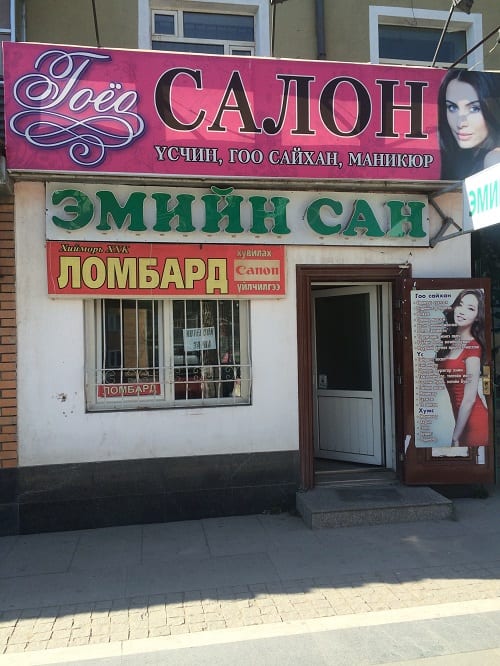
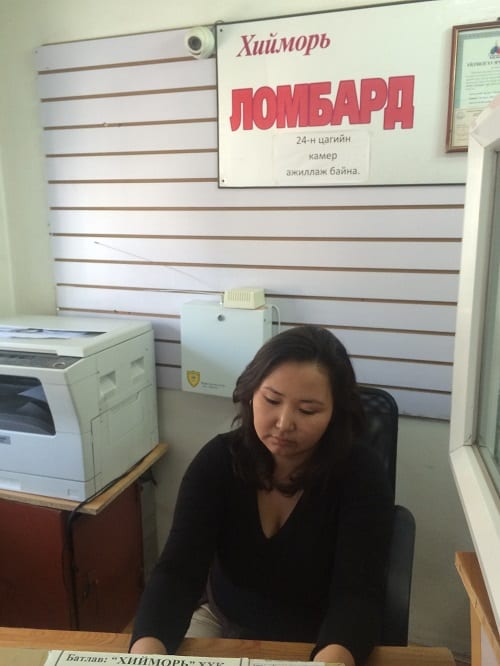

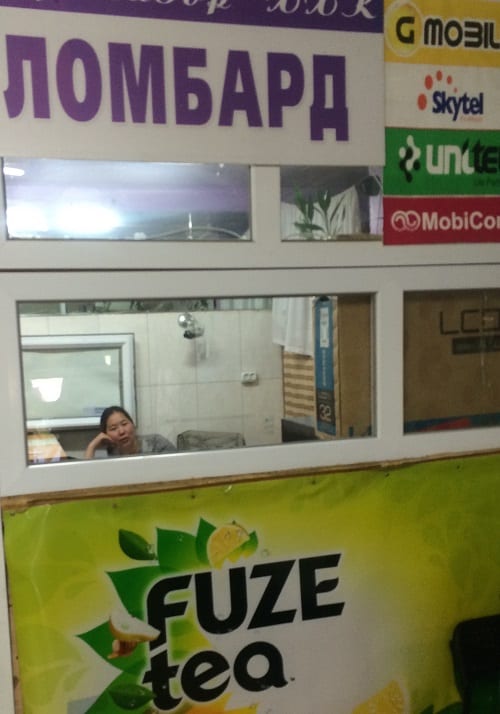
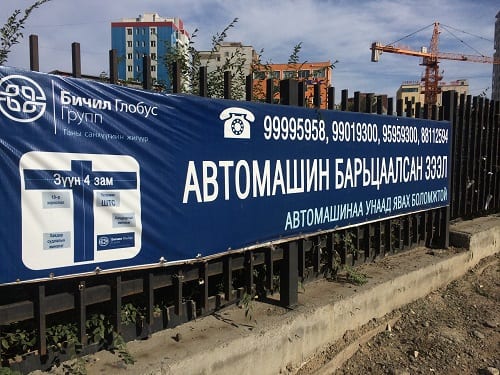
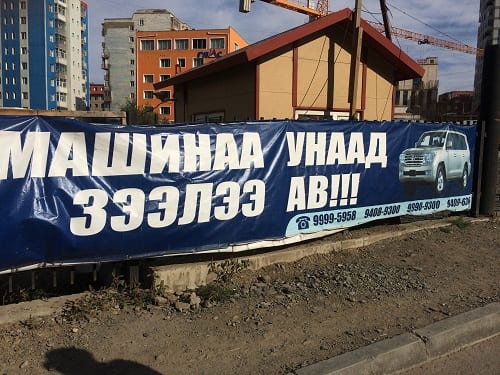
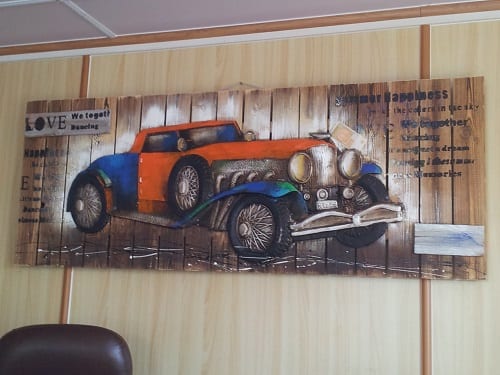

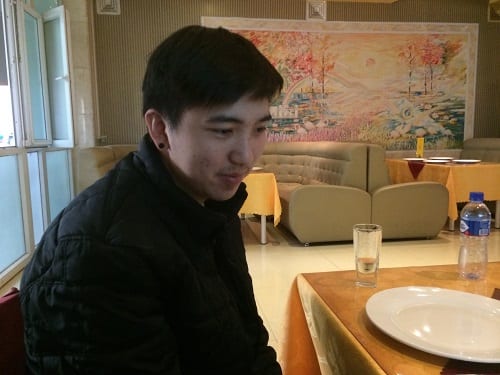
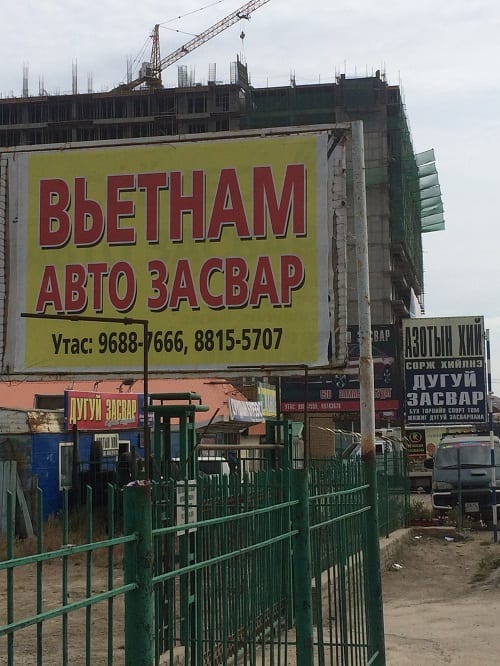
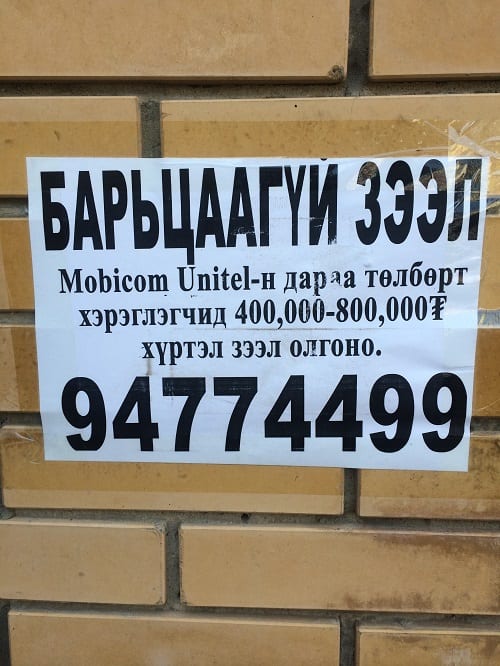



However, the effectiveness of Bluechew may vary depending on the individual, their medical history, and the severity of their ED. As with any medication, it is important to consult a healthcare provider before starting Bluechew to determine if it is safe and effective for you.
Read More: https://realplatinumlife.com/bluechew-subscription-review/